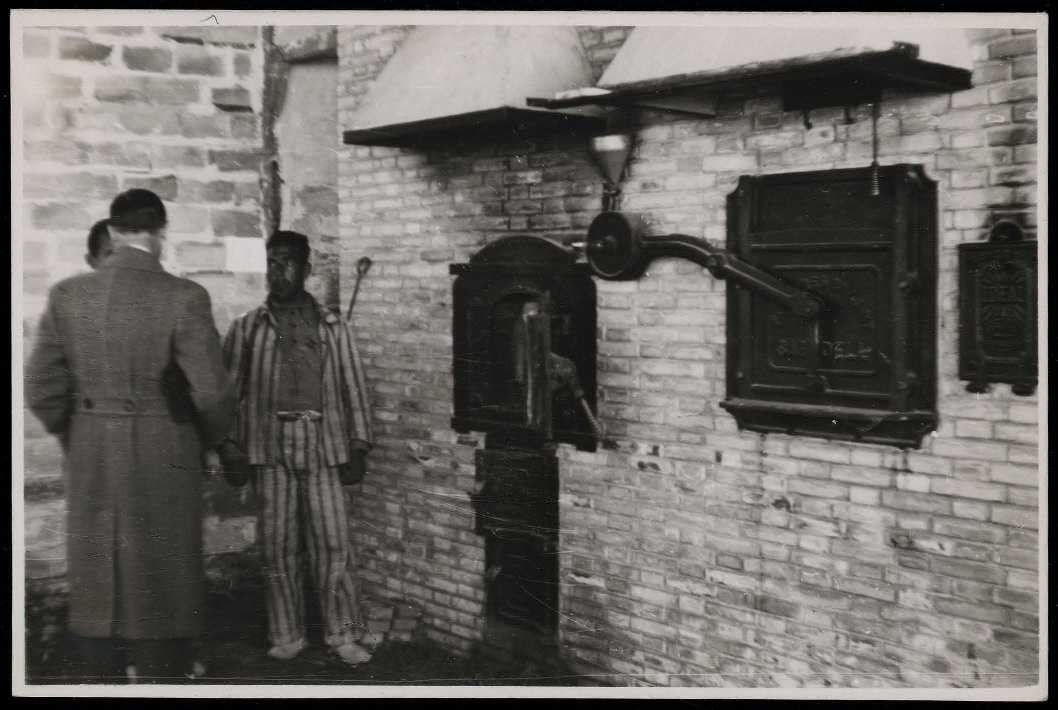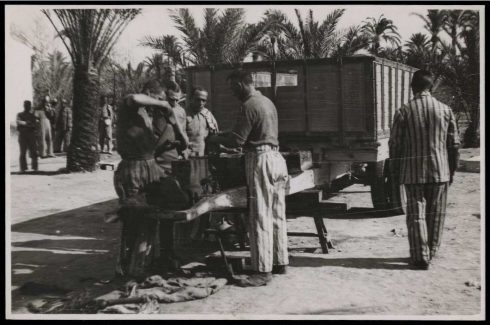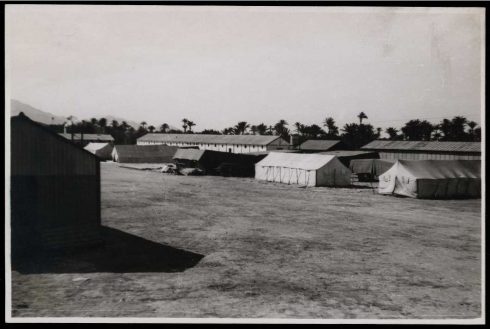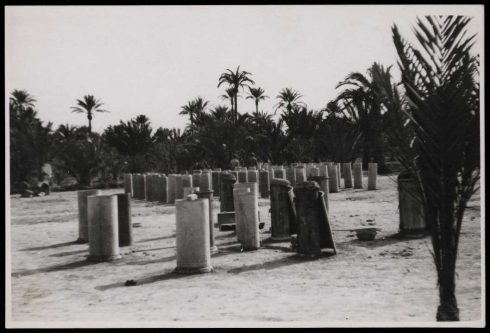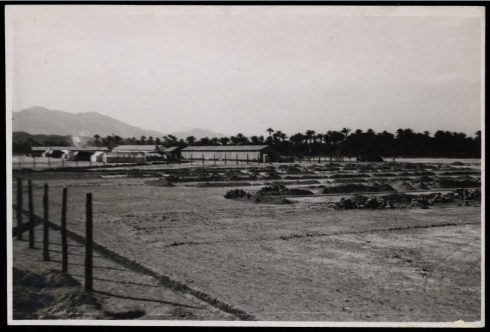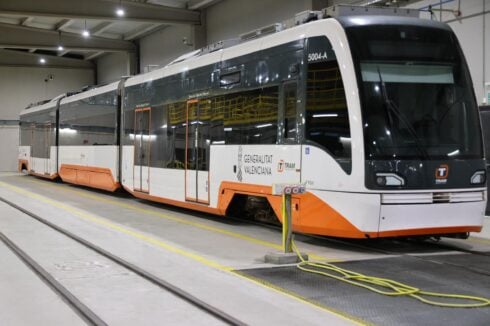ALBATERA’S concentration camp, discovered only in 2020, is to become an information and interpretation centre.
One of the derelict barrack buildings at the site will be rebuilt and used as the centre, for visitors to learn of the horrors that happened.
The main part of the camp, an enclave measuring only 500 square yards, reportedly kept 16,000 prisoners captive during six months of 1939, at the end of The Spanish Civil War.
They were Republican government officials, military staff, journalists, trade unionists and artists who were captured in the port of Alicante by Franco’s marauding fascist forces as they tried to escape Spain on the ship, Stanbrook.
Prisoners were believed to have been kept outside in the blistering Spanish sun, with hardly any food or drink.
IMAGE: National Library of Spain
Regional ministers have already met with Manuel Gil, mayor of nearby San Isidro that encompasses Albatera, to discuss the acquisition of the land to turn it into a ‘memory interpretation center.’
Indeed, Pérez Garijo claimed that: “the intention is to acquire the plot [and] create a space that serves for reflection and not to forget one of the saddest and most regrettable episodes of our past.”
Adding, “everything we find in the field should serve to broaden the knowledge of our history and help citizens discover the historical and memorial importance of this space.”
Used ammunition and skeletons found
As well as the camp and barracks, the six archaeologists working at the site found cans of sardines, cans of lentils, dishes, glass remains, prisoners’ personal artefacts, waste and a septic tank .
Spent ammunition used by Franco’s army was discovered, implying that executions were carried out.
IMAGE: National Library of Spain
Within days of the first archaeological dig starting in 2020, skeletal remains were found within the camp’s perimeter.
Subterranean detection work to find the location of the camp’s associated grave was done last year, and will continue into 2022.
“There was no practice here, if you shoot a rifle it’s because you have aimed at someone,” admitted Felipe Mejías, the historian and archaeologist that found the site.
He said: “[This is] one of the most terrifying of the 300 camps that the Franco regime spread throughout the country.”
Revealing: “ It is also one of the most unknown: it was dismantled and even the rubble was taken away.”
He told informacion.es that since the grim find, he has been collecting “heartbreaking testimonies.”
Shower drains discovered
Along with rubbish dumps, toilet and shower waste pipes were discovered.
Mejías said: “garbage is treasure, because it gives a lot of information, and waste pipes can be analyzed to obtain information on diseases.”
“Objects speak to us and then we have to interpret them,” he admitted.
“There were deaths every day [and] everything indicates that the mass graves are close,” he said of the 14 acre plot being analysed.
“There is work to do for several years,” he concluded.
READ MORE:
– Legal row brews over Franco’s flowery bathroom sink at dictator’s summer palace
– Spain’s ministers back law to fine people up to €140,000 for publicly supporting ex-dictator General Franco
Click here to read more Spain News from The Olive Press.

